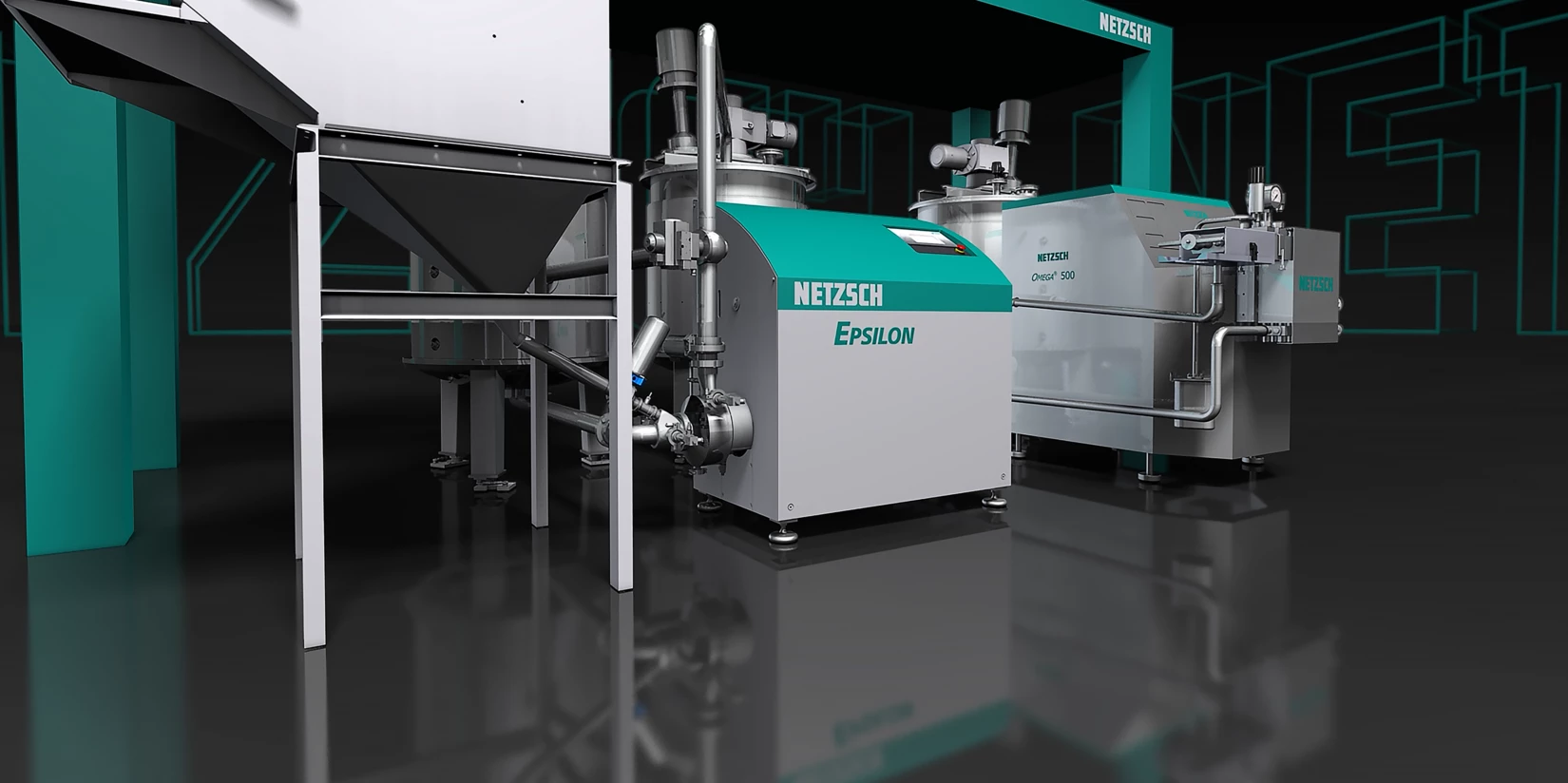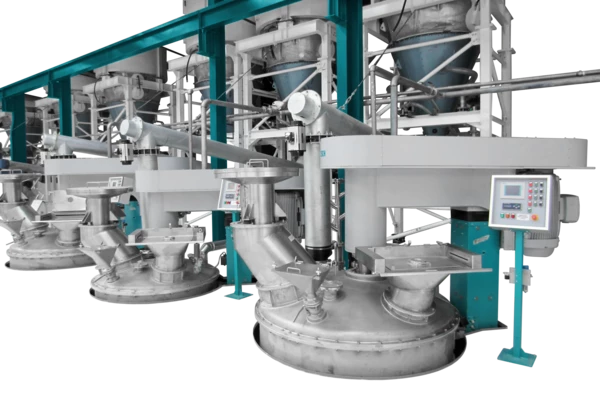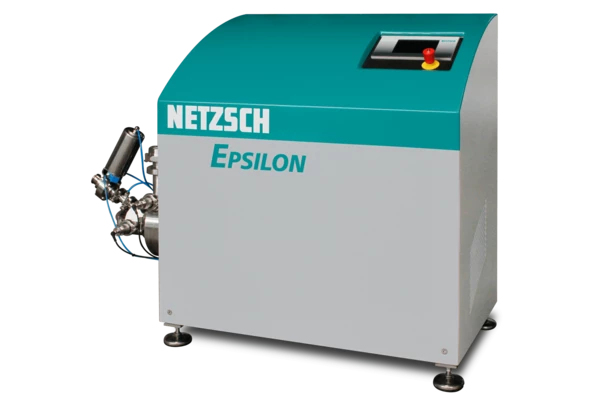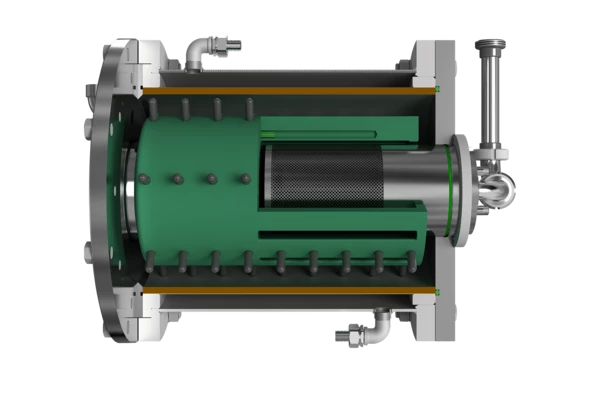
batteries
Mixing Solution
The market for Lithium-Ion-Batteries (LIB) is growing currently significantly.
Cost efficient processing is demanded by all cell producers. In addition process time, rejected materials are part of the total cost. Planetary mixing technology is mature and at present state-of-the-art. In larger installations, multiple planetary mixing systems are serving to meet the slurry demand. With increasing production quantities as they are requested by gigafactories at the moment alternative processing becomes important in order to reduce production cost of LIB cells.
Mixing solution
- Combination of Omega® and Epsilon
- Flexible combination possibility
- Cathode materials Mixing
- Conductive slurry pre-dispersing
Mixing plant process
1. Powder Addition
Typical addition systems for different packages is Bags, Bigbags and Drums.
| Bags | BigBags | Drums |
| for bags and other small packages, which can be emptied into it | Different executions, with or without buffer hopper, different fluidisation | Special equipment for handling and emptying of drums. Drums often cannot be emptied into sack tip stations. |
2. Mixing and Dispersion
The NETZSCH mixing plant system separates the individual mixing and dispersion steps within the slurry production. This separation allows to treat the raw materials selectively and with adjusted energy input. The modular concept enables the cell producer to react on variations in raw materials and therefore reduces rejected materials considerably and rework of material is possible. All single process steps can be better controlled and optimized in order it increase product quality.
Conclusion
NETZSCH Mixing plant system enables a battery cell producer to decrease the investment and operating costs for electrode slurries by maintaining very high quality.
The process is adapted for large scale production of functional coatings.
Key of the mixing plant process is the segmentation of the process steps in order to feed, mix and disperse the single materials with the most suitable sequence and the needed stress for the materials.
Part of this segmentation concept is getting already realized in the industry to produce LIB like the pre-fabrication of binder solution or the pre-production of the cathode slurry.
By segmenting the process steps, each step can be optimized, monitored and controlled in order to produce highest possible quality. Long residual times will support this process and will ensure a high yield in downstream production.
Mixing plant system is designed for large scale production and can be implemented into productions which will produce battery cells for 10, 20, 50,…GWh yearly production.
The process is flexible for new and further materials and formulations due to the modular concept.


